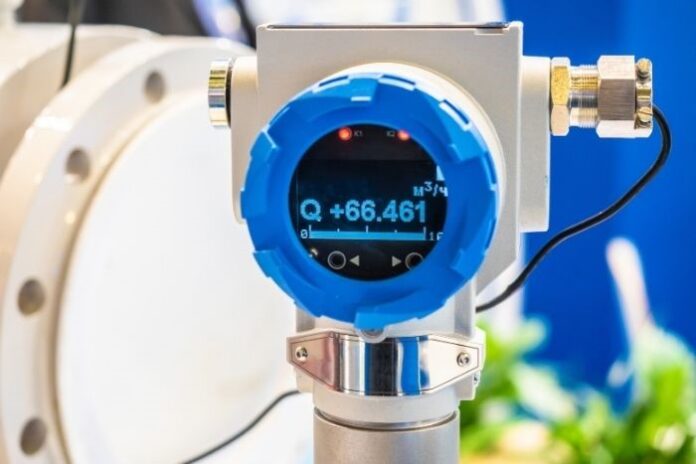Readouts, data, and screens are as common to us as clouds and trees. While some might balk at this social transformation, technology gives us powerful tools that support our way of life. One of the most common types of data we routinely walk past comes from sensors throughout our homes and offices. Around the sides of every building is one such screen that we’ve all gazed into at one time or another without the slightest understanding. “What is a flow meter and how does it work?” is a reasonable question few take the time to ask. In truth, everyone should find out the answer, as many property owners regularly patronize the services of key utilities, such as gas, water, and fuel.
What Is a Flow Meter?
Internally detecting the amount of anything within a closed system requires special tools—especially if what is being detected is a constantly varying amount of difficult-to-quantify substances such as steam, gas, or oil. To properly understand what a flow meter is and how it works, we must consider these materials’ transitory nature within a mechanical system. A flow meter’s sensors are placed at strategic joints in pipes, which otherwise is part of the normal transportation of the gas and such.
The contained substance must pass through the section that is monitored by sensors connected to the meter. As material passes, different types of sensors react based on what they detect. The information received describes the passing by volume, which is relative to important metrics such as consistency and pressure.
Why Is It Important?
In a simpler time, we may have settled for less precise means to track and manage the transportation of essential resources. However, the knowledge of using pipe systems is both ancient and efficient. Still, many problems can arise within even the most grime and corrosion-proof systems. Blockages, leaks, and high or low pressure are common faults that one can detect with a flow meter. Detecting failures with flow meters in natural gas systems helps to save money and improve efficiency.
Overall, we want to keep resources moving at a consistent pressure and speed. Flow meters constantly monitor volume as it passes through a point, which is a strong indication of the system’s health and can give clues to technicians regarding where to look for trouble.
The Role of Flow Meters in Industry
Different industries employ flow meters almost anywhere resources are being transported. How exactly each variety works, ultimately, depends on the transported materials and the best way to sense those particular molecules. Water and gas utilities also have versions both within utility centers and on private property. Generally, regulatory meters are placed at key points along with piping systems so that technicians can routinely check a system’s internal health. Along with property, more familiar flow meters are adjunct to pipes, so they can be regularly read to ensure all customers receive the same steady flow through their local piping system.















